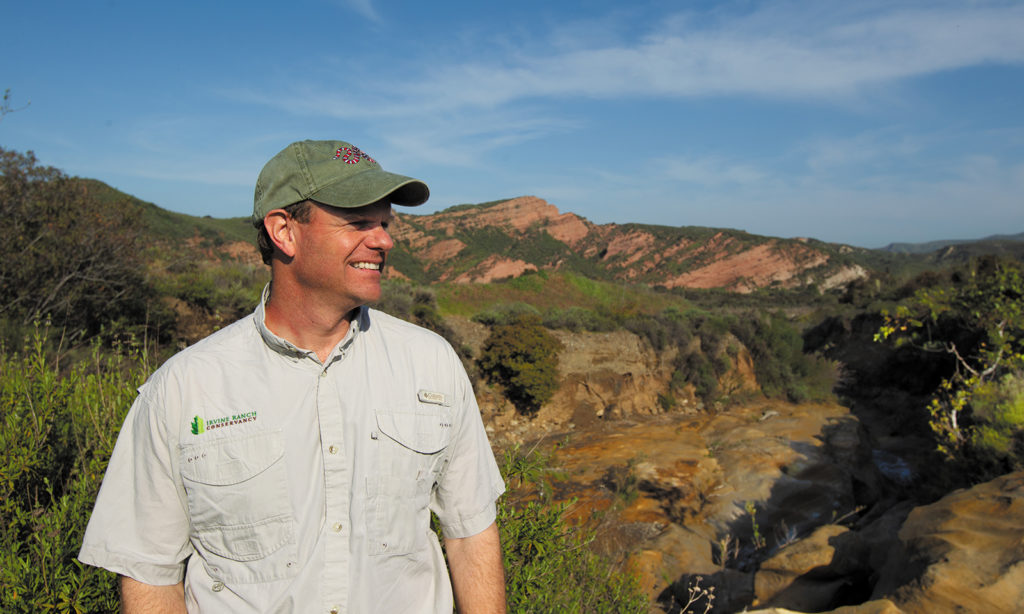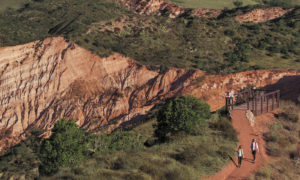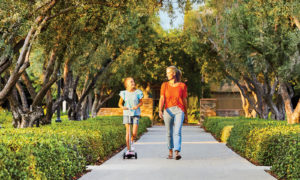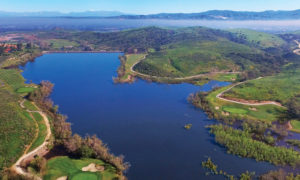One thing we know about nature – just looking at it relaxes us. And being in it makes us healthy.
So it’s good to know that the group charged with managing much of the preserved open space on The Irvine Ranch puts innovation constantly at the forefront of its work.
“Innovation is one of our core values,” says Michael O’Connell, CEO of the nonprofit Irvine Ranch Conservancy, which helps public landowners manage more than two-thirds of the 57,500 acres of open space on The Irvine Ranch. “We want to give people the chance to enjoy these lands while at the same time conserve them for future generations.”
Early adopters
In order to learn how best to preserve the land, IRC conducts cutting-edge scientific research in partnership with leading institutions like UC Irvine, Chapman University, Colorado State University and others.
In 2007, IRC was an early adopter of a new technology – using infrared and motion-triggered remote cameras to monitor wildlife.
“We were doing it well before it became mainstream,” O’Connell says. “As a result, today we have over a million digital photos in our database.”
Another thing the conservancy does is monitor nesting owls and hawks in Limestone Canyon. In the process, it learned to re-route hikers and bikers around nests with eggs and young birds.
“We’ll recommend a section of trail be temporarily closed because these birds are very sensitive to disturbances when they are nesting,” O’Connell says.
The benefits are far-reaching and not necessarily obvious.
“Almost every red-tailed hawk you see in Irvine was born in or near Limestone Canyon,” he says.
“So if you like seeing a hawk fly majestically over Irvine, it was in part thanks to programs like this.”
Seeds of an idea
Managing this land is a complex challenge that constantly requires new ways of looking at things – like how do you replace the invasive plants that crowd out native plants?
When it began restoring the land, IRC didn’t have enough native seeds on hand to replenish the native habitats, and no one sold them in bulk.
“We thought deeply about it and realized, ‘We need to grow our own native seeds,’ ” O’Connell says.
So they planted a 14-acre Native Seed Farm in Irvine.
Each year, the farm’s 52 species of native plants produce more than a half-ton of seeds that are spread around The Irvine Ranch, thanks to thousands of volunteers.
Another benefit?
“You don’t have to wait for a rainy winter to see a super bloom of wildflowers,” he says. “We have a super bloom every year on the farm.”
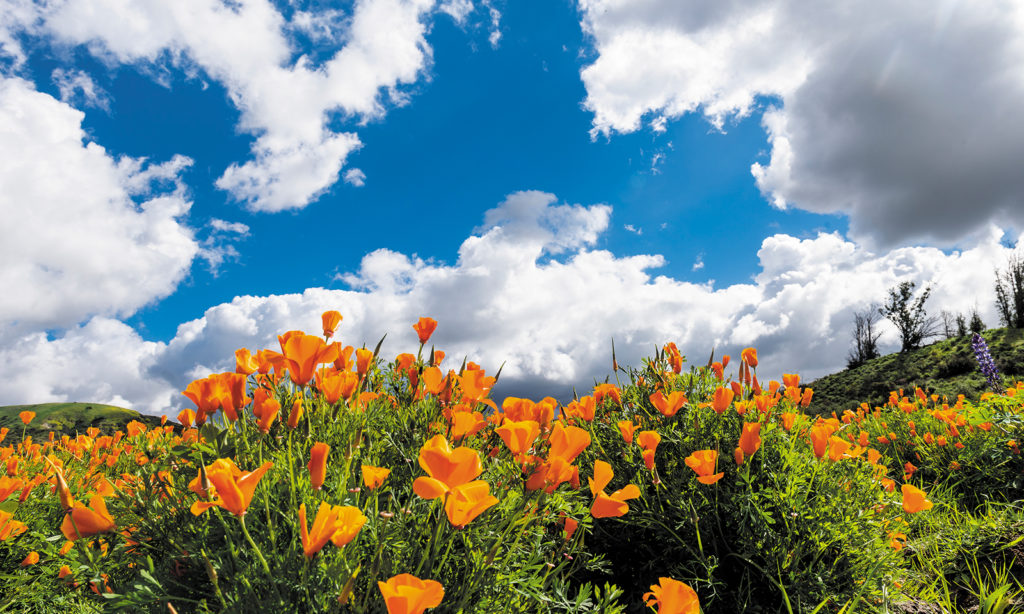
Connected to nature
Public volunteer days every Wednesday and Saturday on the Native Seed Farm are just one of 2,900 programs that IRC offers to engage more than 30,000 members of the community every year.
These include full moon hikes, photo safaris, butterfly counts and historical programs about this land that’s been designated both a U.S. and California Natural Landmark.
“We ask people, ‘What interests you?’ ” O’Connell says. “If they say, ‘Stars,’ we’ll offer an astronomy program.”
Since forming in 2005, IRC has continually focused on innovation: building suspension bridges on trails and adding viewing platforms and creative trail designs that provide special experiences.
You could say the land it helps manage demands such innovation since it was preserved on a scale rarely seen in California. Irvine Company dedicated 57,500 acres, more than half of The Irvine Ranch, for public ownership and permanent preservation. IRC helps manage 30,000 acres of this land, which is owned by the county and local cities, including Irvine, and stretches from the Cleveland National Forest to the sea.
“It’s like having a national park in our backyard,” O’Connell says. “We want everyone to feel connected to it and say, ‘Wow, I love these lands.’ ”
Wildlife Cams
The Irvine Ranch Conservancy has been using infrared and motion-triggered remote cameras, known as wildlife cams, since 2007 to monitor wildlife movement and habits. It has collected more than a million digital images, including those of great horned owls, baby bobcats and mule deer out for a stroll.

